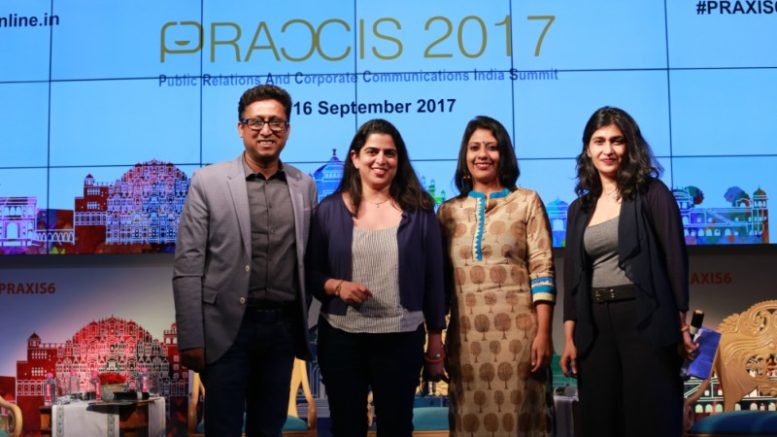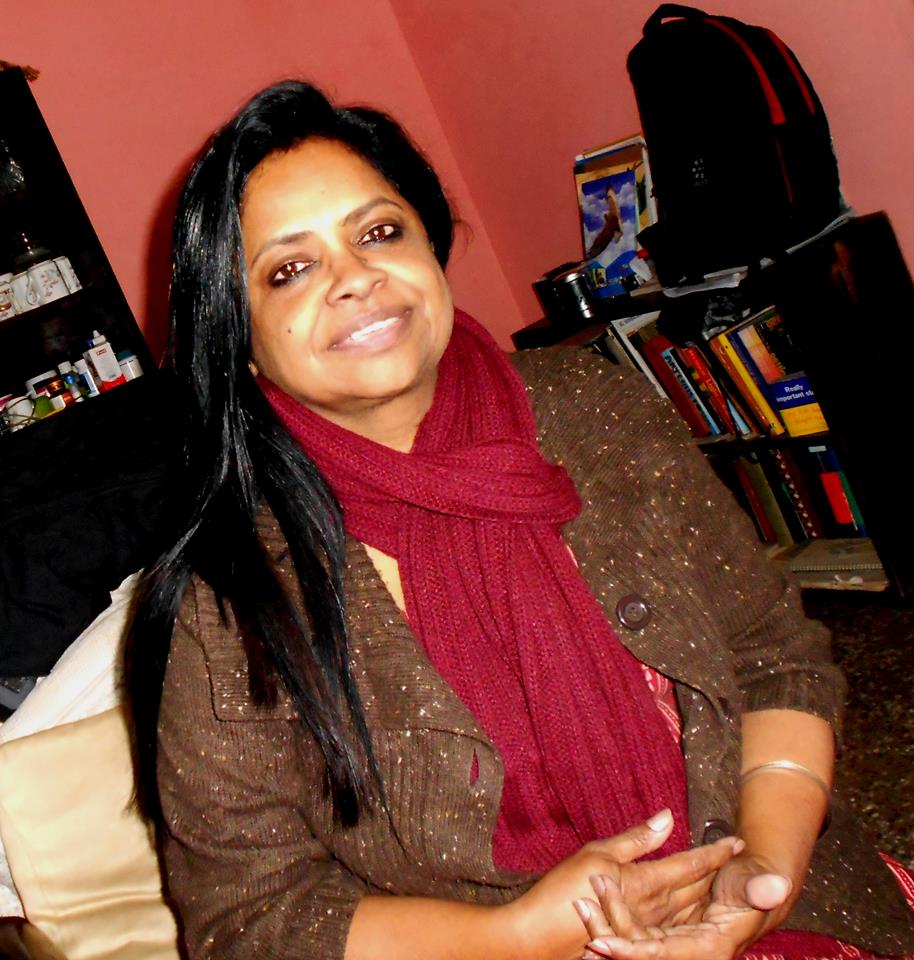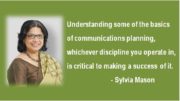Healthcare was the focus for the discussion of Power Panel 2 on Using the Power of Communication to take Healthcare Closer to Patients. In conversation mode were: Bhavna Singh – OPPI, Aparna Thomas – Sanofi, Ambereen Shah – Edelman India and the talk was moderated by Aman Gupta, SPAG.
It is seen that the healthcare landscape is constantly evolving, so it is necessary that healthcare organisations stay ahead and carve a slot for themselves in the marketplace. They need to have a voice and this is where Public Relations steps in, formulating messaging strategies that position organisations prominently. Healthcare PR is needed now more than ever.
One of the key roles a public relations firm plays in for the healthcare sector is that of being a ‘communicator’. And, as communicator, there are multiple audiences who require individualised messages and PR targets the most appropriate message to each audience. So, PR can play a key role in shaping these messages for the right audience.
Healthcare, as seen from the outside has a certain ‘mysticism’ attached to it said Aman Gupta, kicking off the discussion.
What attracted the participants into this sector? What’s so exciting is the pace at which it is growing plus, there’s consumer health and now health technology shared Ambereen; over the years, you build your knowledge with the power of creativity, and then there’s the role each one of us play – touching the lives of people. The sector is vast – it includes doctors, hospitals, nursing homes, services, diagnostics, clinical research, allied services (like Practo), and telemedicine, which offer huge opportunities for communicators. The healthcare industry has a fragile reputation, the responsibility and purpose is stupendously high and the professional joy experienced is tremendous, emphasized Aparna.
Balancing the role as communicator and fulfilling the duty to patients is a tough one. “Health industry has been penalized over many years and in health communication we have to constantly earn and sustain the trust of our stakeholders,” Aparna pointed out. One can never overstate the value provided. The information shared must be accurate, correct and not half-baked, according to Ambereen. It needs to work hard in terms of transparency, information-sharing, for “what we promise, we must deliver!” It’s the story of the patient that gives people the hope to try out the medicine.
Highlighting the need to work with influencers as part of the communication, Ambereen observed that in the last 10 years, health industry has evolved, so has influencers; we need to bring in patient societies, regulators. What was critical was to bring in a bit of creativity in brand stories. Advance preparation is a must, for today the reality is – it’s 360 degrees! Everywhere the pharma guys are the bad guys in the room. It takes years of innovation to take out a drug, and this has to be respected; what goes in are – a great deal of research, working in line with think-tanks of the government, patient groups and so on. Arguably, the responsibility as communicator comes first, which has to be backed by credibility and then comes the responsibility as an organisation. “In our limited way, we try to change perceptions,” she noted.
Where health is concerned, time is of prime importance. How do the teams ensure that they are able to give relevant information within time? It’s all about resources and each team knows it’s importance.
While working with influencers, the trick is to catch them by surprise said Aparna. She quoted the Miss Beauty for Health promo created for the Femina Miss India Contest. “We tried to get media attention and then reach out to influencers,” she said.
As far as data analytics is concerned, is the pharma sector moving ahead? If you compare, India is slow because of regulatory issues, pointed out Ambereen. Sanofi is doing great campaigns on social media; they use peer-to-peer communication, using social media platforms like Facebook, Instagram and Twitter. Starting with a base of 20,000 people they have grown to 1,25,000. So, it certainly looks like they have cracked it in terms of business and communication. Pharma communication is evolving, building communities and as we go ahead, building purpose, said Bhavna.
Consumers drive the change and the industry has changed a lot. What will the next 10 to 15 years look like, and what would be the challenges? From the communication point of view, Aparna explained, it is important to respond quickly, accurately, transparently; it will be dynamic, personalized and fabulously interesting, intellectually stimulating and creatively satisfying too. The patient is also evolving and disease patterns are shifting. Patients look up to the pharma industry to build a community. It’s important to keep the content simple that resonates with the patients.
Giving a new take altogether, Ambereen announced that perhaps, instead of a woman Defence Minister, we will be happy to have a woman Health Minister!
Then there’s the ‘Happiness Index’, where India is ranked 122 (out of 140) and, as far as the happiest countries go, it is seen that what makes a difference, is their health patterns – mental and physical, said Bhavna. Health should become an index for India too.
So, the road ahead for the health sector does look action-packed! And, no-one is complaining…










Be the first to comment on "Healthcare industry has a fragile reputation; the responsibility and purpose is stupendously high"